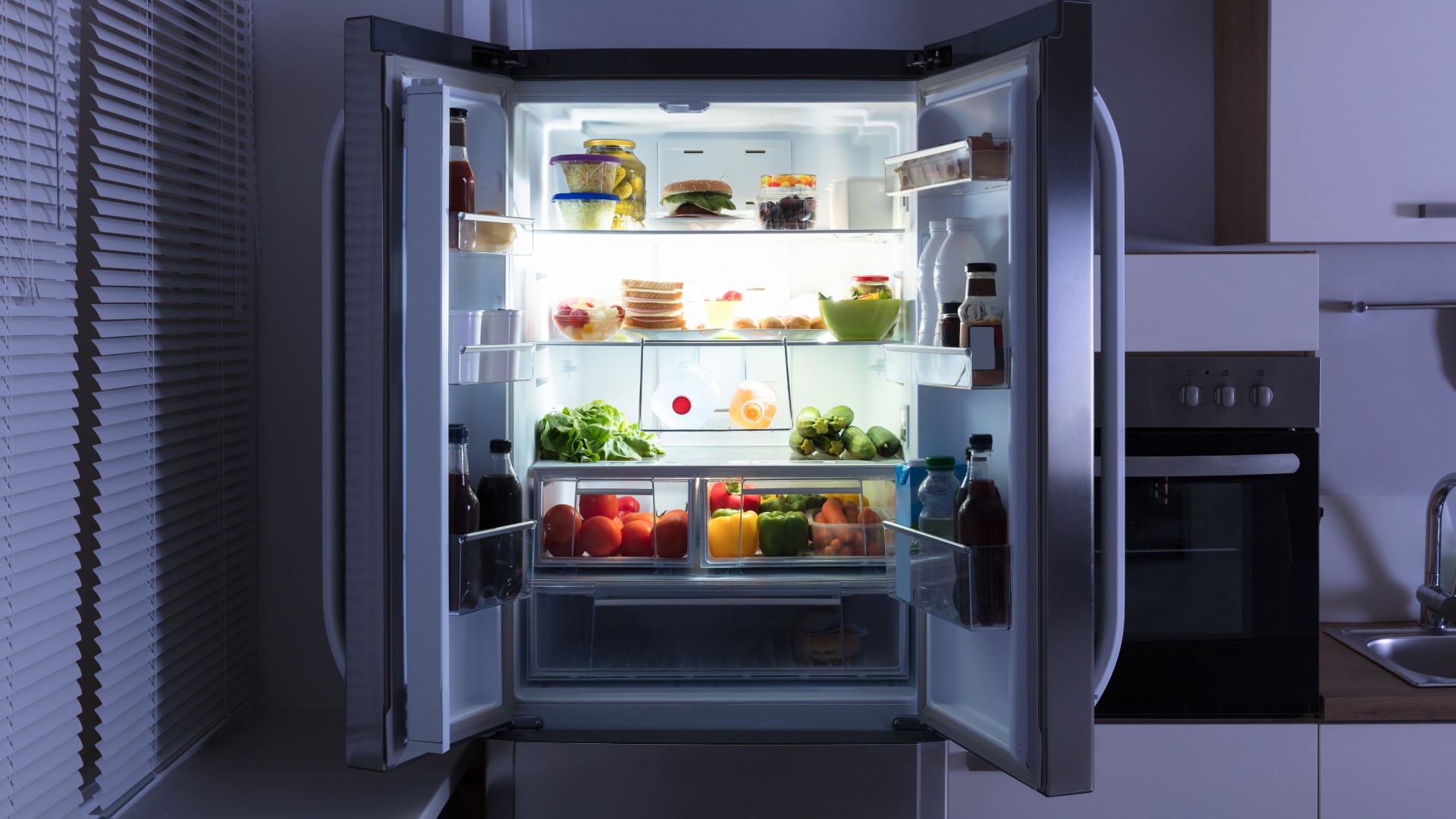

Articles
How To Defrost Samsung Refrigerator
Modified: August 29, 2024
Learn the best techniques and methods for defrosting your Samsung refrigerator in this comprehensive guide. Find step-by-step articles and expert tips to ensure a hassle-free defrosting process.
(Many of the links in this article redirect to a specific reviewed product. Your purchase of these products through affiliate links helps to generate commission for Storables.com, at no extra cost. Learn more)
Introduction
Welcome to this guide on how to defrost your Samsung refrigerator. If you have noticed an excess buildup of frost and ice in your refrigerator, it is essential to defrost it to ensure proper functioning and prevent any potential damage. Defrosting your refrigerator regularly will not only help maintain its efficiency but also increase its lifespan.
Samsung refrigerators are known for their advanced technology and innovative features, and defrosting them is a straightforward process. By following a few simple steps, you can safely and effectively remove the frost and ice, restoring your refrigerator to optimal performance.
In this article, we will take you through the step-by-step process of defrosting your Samsung refrigerator. Whether you have a top-freezer, bottom freezer, or French-door model, the steps remain relatively similar. So, let’s get started and learn how to defrost your Samsung refrigerator properly.
Key Takeaways:
- Regularly defrosting your Samsung refrigerator is crucial for maintaining its efficiency and longevity, ensuring optimal cooling performance and keeping your food fresh for longer.
- Safety is paramount during the defrosting process, from unplugging the refrigerator to gentle ice removal and thorough interior cleaning. Make it a regular maintenance routine for reliable cooling.
Read more: How To Defrost A Samsung Freezer
Step 1: Preparation
Before you begin the defrosting process, it’s important to prepare your refrigerator and gather the necessary tools. Here are the essential steps to follow:
- Empty the Contents: Start by removing all the food items from the refrigerator. Store perishable items in a cooler with ice packs to prevent spoilage. It’s also a good time to check for expired or spoiled food and discard them.
- Disconnect the Power: Locate the power cord at the back of the refrigerator and unplug it from the electrical outlet. This step ensures your safety as you work on defrosting the appliance.
- Protect the Surrounding Area: Place towels or old newspapers around the refrigerator to catch any water or ice that may melt during the defrosting process. This will make the cleanup easier and prevent any damage to your floors or surfaces.
- Open the Doors: Keep the refrigerator and freezer doors open to allow the warm air to circulate inside and speed up the defrosting process. This will also prevent any mold or unpleasant odors from developing during the defrosting process.
Once you have completed these preparation steps, you are ready to move on to the next phase of defrosting your Samsung refrigerator.
Step 2: Unplug the Refrigerator
To safely defrost your Samsung refrigerator, the next step is to unplug it from the electrical outlet. Follow these instructions:
- Locate the Power Cord: The power cord is typically located at the back of the refrigerator. You may need to move the refrigerator slightly to access it.
- Unplug the Power Cord: Once you have located the power cord, gently pull it out from the electrical outlet. Make sure to grip the plug firmly and avoid tugging on the cord itself.
- Confirm the Power Supply: Double-check that the refrigerator is fully unplugged by ensuring there is no power running to it. You can do this by checking if the lights on the control panel or inside the refrigerator are off.
By disconnecting the refrigerator from the power source, you eliminate any risk of electric shock or damage while defrosting the unit. It is crucial to maintain safety throughout the defrosting process for both yourself and the appliance.
Once you have successfully unplugged the refrigerator, you can proceed to the next step of emptying the contents.
Step 3: Empty the Refrigerator
Now that the refrigerator is unplugged, it’s time to empty the contents. Follow these steps:
- Remove Food Items: Take out all the food items from the refrigerator shelves and drawers. Place them on a clean surface or transfer them to a cooler with ice packs to keep them fresh.
- Check Expiration Dates: Take the opportunity to inspect each item and check for expiration dates. Discard any expired or spoiled food to maintain food safety and prevent unpleasant odors in the refrigerator.
- Remove Removable Parts: If your refrigerator has removable shelves, drawers, or ice trays, take them out and set them aside. This will make it easier to clean the interior later.
- Clean Spills and Stains: Use a damp cloth or sponge to clean up any spills or stains inside the refrigerator. Wipe down the shelves, walls, and drawers to ensure a clean and hygienic environment.
- Keep Doors Open: Leave the refrigerator door(s) open during the defrosting process to allow warm air to circulate inside. This will help speed up the melting of ice and frost.
Once you have emptied and cleaned the refrigerator, you are ready to move on to the next step of removing the ice buildup.
Step 4: Remove Ice Build-up
Now that your Samsung refrigerator is prepared and empty, it’s time to remove the ice build-up. Follow these steps:
- Allow Natural Defrosting: Initially, allow the ice in the refrigerator to start melting naturally. This may take some time, usually a couple of hours, depending on the amount of frost buildup.
- Assist with a Hair Dryer: If you want to speed up the process, you can use a hairdryer on the low heat setting to melt the ice faster. Hold the dryer at a safe distance from the ice to avoid causing any damage to the refrigerator’s interior.
- Remove Ice Manually: Once the majority of ice has melted, you can manually remove the remaining ice using a plastic scraper or spatula. Be gentle and avoid using sharp objects that could scratch or damage the interior surfaces.
- Thaw the Freezer: If you have a separate freezer compartment, it may also accumulate ice. Follow the same steps of allowing natural defrosting and using a hairdryer to speed up the process. Remove the ice buildup carefully to avoid any damage to the freezer components.
- Clean the Drainage Hole: Locate the drainage hole at the back of the refrigerator or freezer and ensure it is not clogged with ice or debris. Use a pipe cleaner or a small brush to clear any obstructions to allow proper drainage.
Remember, patience is key during this step. Allow sufficient time for the ice to melt, and be cautious to avoid damaging any components while removing the ice buildup.
Once you have successfully removed the ice, you can proceed to the next step of cleaning the refrigerator.
To defrost a Samsung refrigerator, first unplug the appliance. Then, remove all food and shelves from the freezer. Place towels inside to absorb melting ice. Leave the freezer door open until all ice has melted. Clean up any water and then plug the refrigerator back in.
Read more: How To Defrost A Samsung Ice Maker
Step 5: Clean the Refrigerator
With the ice buildup removed, it’s time to thoroughly clean the interior of your Samsung refrigerator. Follow these steps:
- Mix a Cleaning Solution: Create a mixture of warm water and mild dish soap or a refrigerator cleaner. Avoid using abrasive chemicals or cleaners that may damage the refrigerator surfaces.
- Wipe Down the Interior: Dip a clean sponge or cloth into the cleaning solution and wipe down all the shelves, drawers, and walls of the refrigerator. Pay special attention to any visible stains or spills and clean them thoroughly.
- Clean Removable Parts: Remove the shelves, drawers, and ice trays if you haven’t done so already. Wash them with the cleaning solution and rinse them thoroughly. Once dry, place them back into the refrigerator.
- Clean the Door Seals: Use a damp cloth to wipe down the door seals or gaskets. These areas often accumulate dirt or food particles, so make sure to clean them well to maintain an airtight seal.
- Dry the Interior: Use a clean, dry cloth to wipe down the interior of the refrigerator, ensuring that it is completely dry before plugging it back in.
By thoroughly cleaning the refrigerator, you not only remove any lingering dirt or residue but also help maintain a fresh and hygienic environment for your food storage.
Once you have completed the cleaning process, it’s time to move on to the next step of plugging the refrigerator back in.
Step 6: Plug the Refrigerator Back In
Now that you have cleaned the interior of your Samsung refrigerator, it’s time to plug it back in and get it up and running. Follow these steps:
- Locate the Power Cord: Find the power cord at the back of the refrigerator.
- Plug It In: Gently insert the power cord into the electrical outlet. Ensure it is securely inserted and making proper contact.
- Switch On the Power: Check that the power is restored by looking for the indicator lights on the control panel or inside the refrigerator. You should hear the motor running as well.
- Set the Temperature: Adjust the temperature settings according to your preference. Allow the refrigerator to cool down for a while before restocking it with food.
- Close the Doors: Once the refrigerator is plugged in and running, close the doors securely. Ensure that the door seals are properly aligned to maintain optimal temperature and energy efficiency.
By plugging the refrigerator back in, you are allowing it to start cooling again and resume its normal functioning. It’s important to wait for the refrigerator to reach the desired temperature before adding food items back in.
Now that your Samsung refrigerator is plugged in and cooling, let’s move on to the final step of restocking the refrigerator.
Step 7: Restock the Refrigerator
Now that your Samsung refrigerator is running smoothly and at the desired temperature, it’s time to restock it with your food items. Follow these steps:
- Organize the Shelves: Take a moment to plan out your refrigerator organization. Arrange your items strategically to optimize space and make it easier to find what you need.
- Place Food in Appropriate Zones: Different foods have different temperature requirements. Place meat and dairy items in the coldest part of the refrigerator, usually the back, and fruits and vegetables in the crisper drawers or designated compartments.
- Ensure Proper Air Circulation: Leave some space between food items to allow for proper air circulation. This helps maintain optimal cooling and prevents the development of warm spots.
- Check Expiration Dates: As you restock your refrigerator, check the expiration dates of the food items. Remove any expired or spoiled items and make a note to use up older items first.
- Keep It Clean: Remember to wipe down any spills or messes that may occur while placing your food items in the refrigerator. Regularly cleaning and organizing your refrigerator will help maintain its cleanliness and efficiency.
By properly restocking your refrigerator, you can ensure that your food items are stored in the appropriate areas and that your refrigerator functions optimally. This will help keep your food fresh and your refrigerator running efficiently.
Congratulations! You have successfully defrosted and restored your Samsung refrigerator to its optimal working condition. Regularly repeating this defrosting process every few months will help maintain the efficiency and longevity of your refrigerator.
Remember to refer back to this guide whenever you need to defrost your Samsung refrigerator again. Happy cooling!
Conclusion
Defrosting your Samsung refrigerator is a necessary maintenance task that helps ensure its optimal performance and longevity. By following the step-by-step guide outlined in this article, you can safely and effectively defrost your refrigerator without any hassle.
From preparing the refrigerator and unplugging it to removing the ice buildup, cleaning the interior, and restocking it, each step plays a crucial role in maintaining the efficiency and cleanliness of your refrigerator.
Regularly defrosting your refrigerator helps prevent excess frost and ice accumulation, which can hinder its cooling capabilities and put unnecessary strain on the appliance. By taking the time to defrost and clean your refrigerator, you can enjoy optimal cooling performance and keep your food fresh for longer.
Remember, safety is paramount during the defrosting process. Always unplug the refrigerator before starting, use gentle tools to remove the ice buildup, and ensure proper hygiene by cleaning the interior thoroughly. Also, be mindful of the temperature zones and organization when restocking your refrigerator to maintain optimal food storage.
Make defrosting your Samsung refrigerator a regular part of your maintenance routine to keep it running efficiently for years to come. By following these steps and taking care of your refrigerator, you can enjoy reliable cooling and a well-organized storage space for your food items.
We hope this comprehensive guide has been helpful in guiding you through the defrosting process. Now, go ahead and give your Samsung refrigerator the care it deserves. Stay cool!
Frequently Asked Questions about How To Defrost Samsung Refrigerator
Was this page helpful?
At Storables.com, we guarantee accurate and reliable information. Our content, validated by Expert Board Contributors, is crafted following stringent Editorial Policies. We're committed to providing you with well-researched, expert-backed insights for all your informational needs.
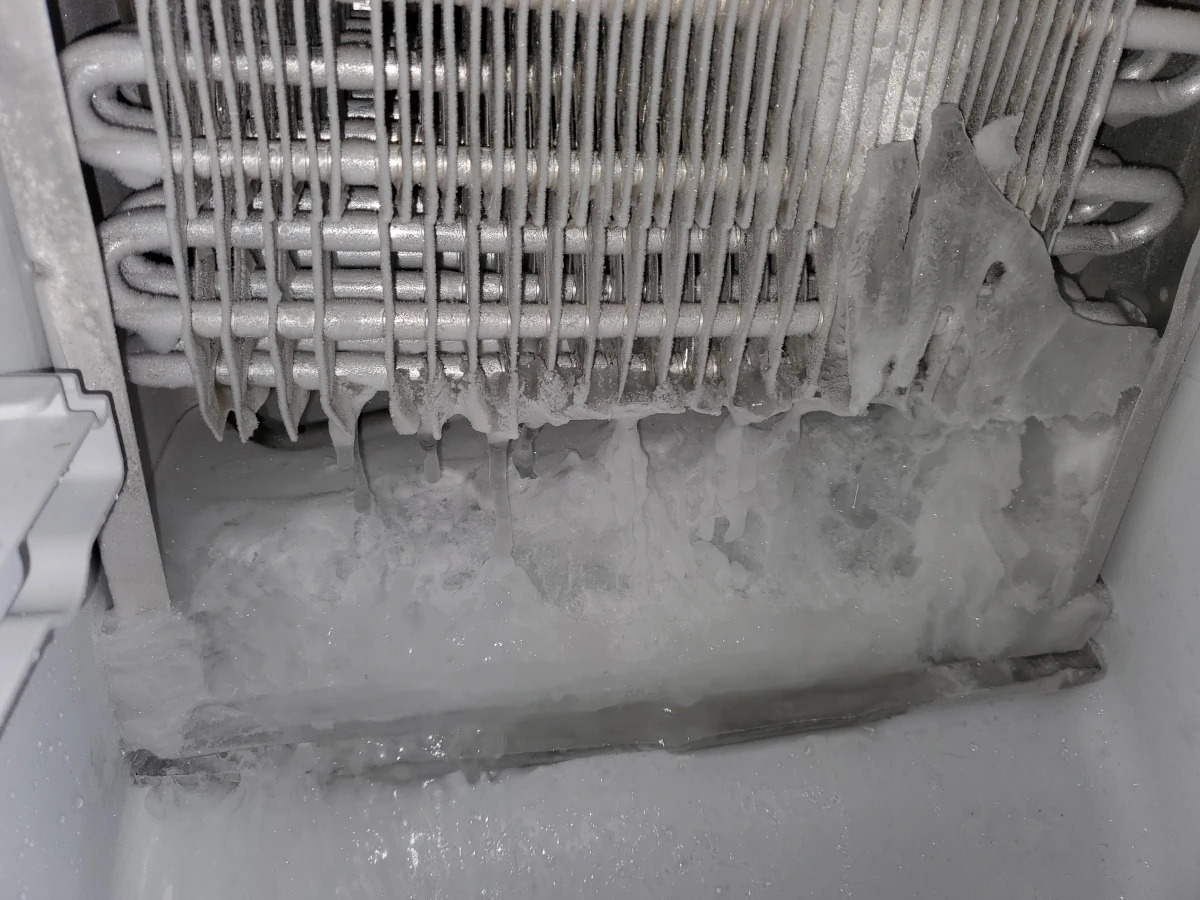
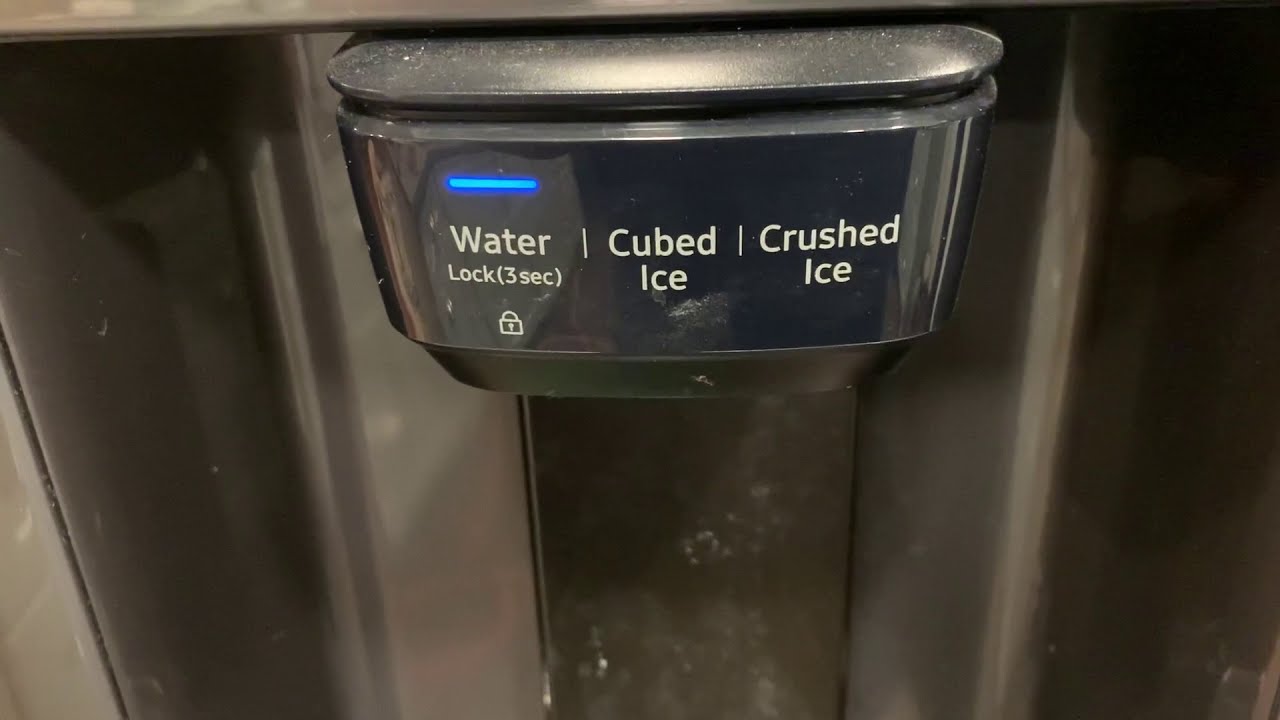
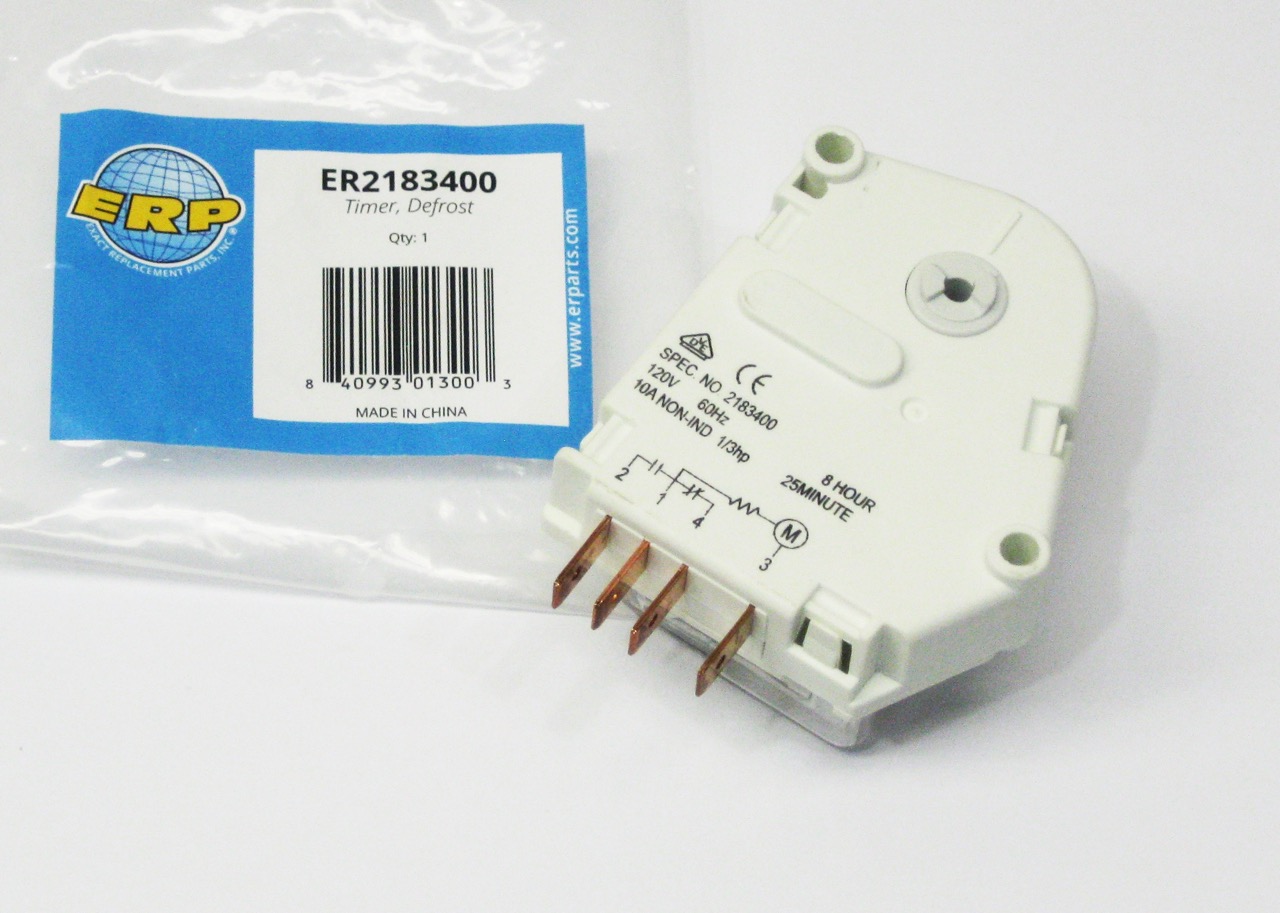
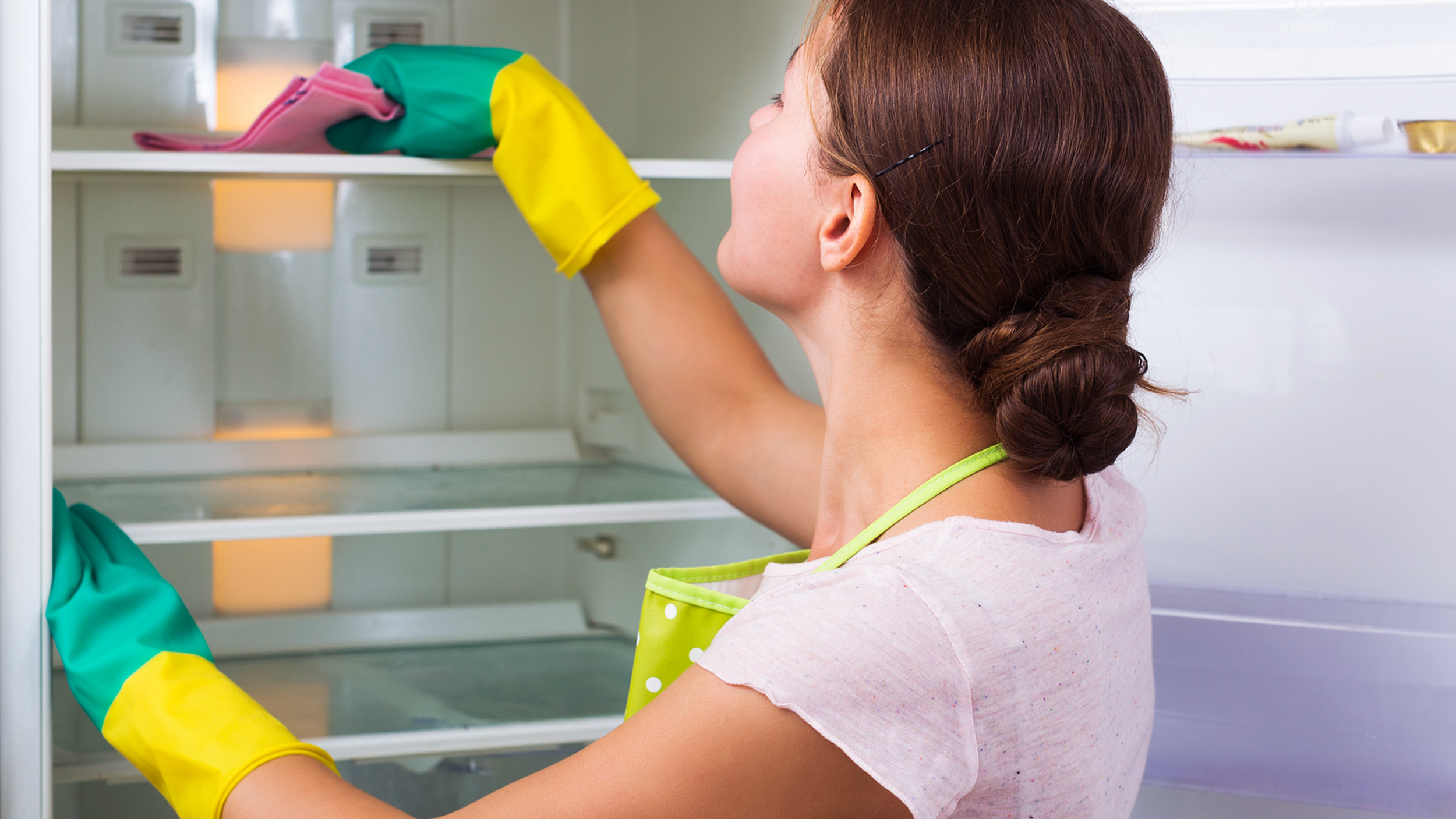
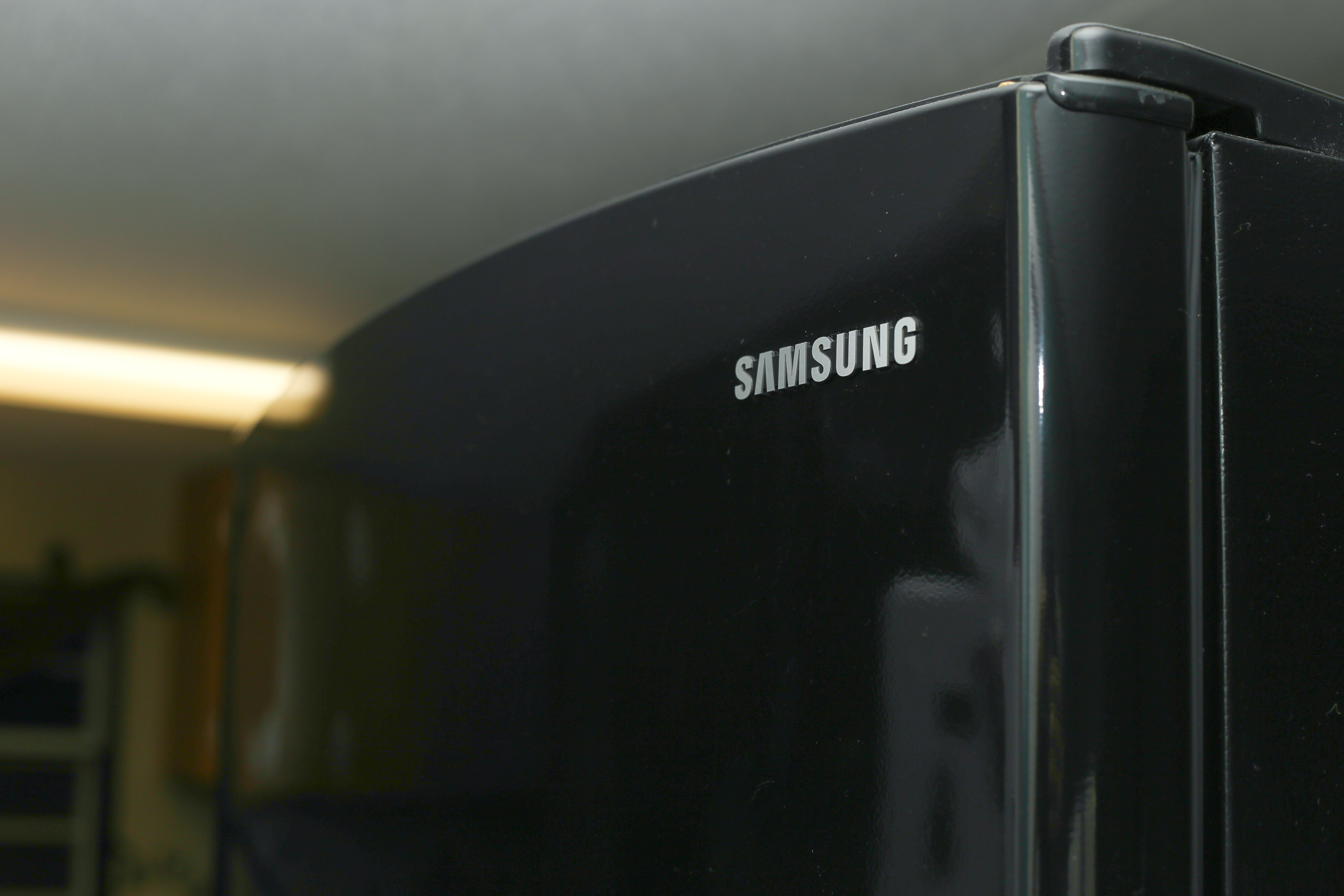
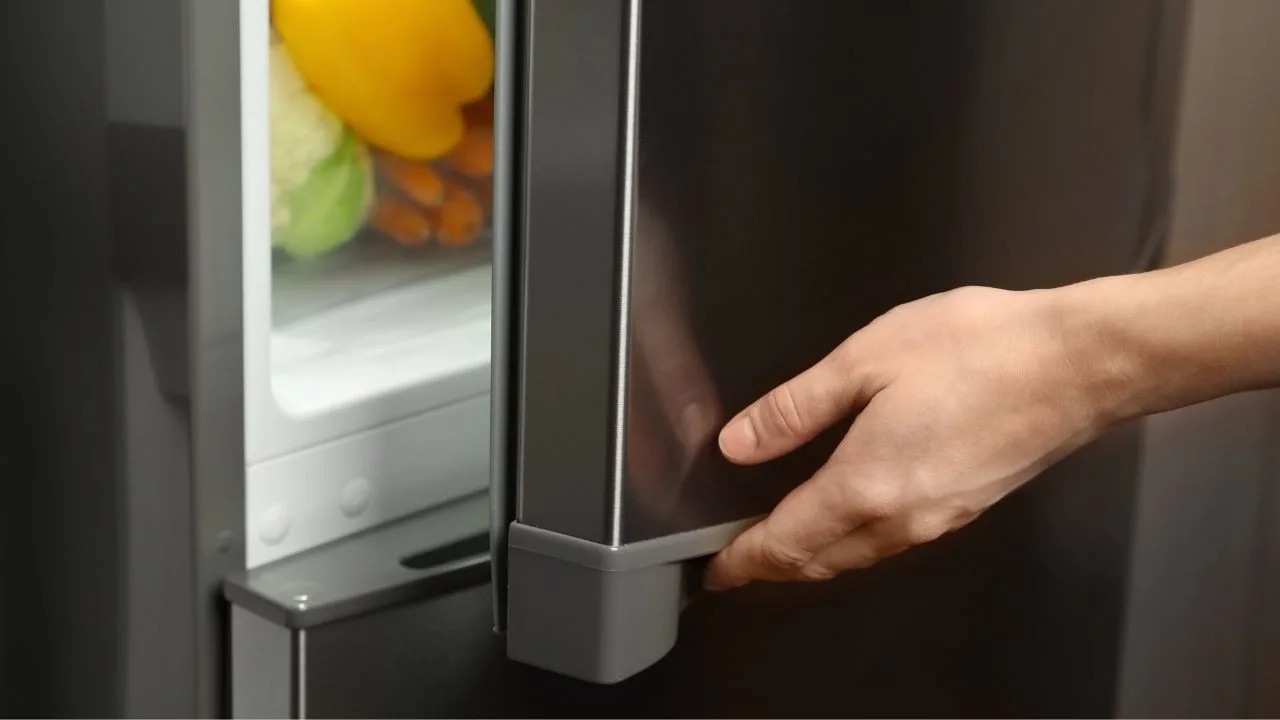

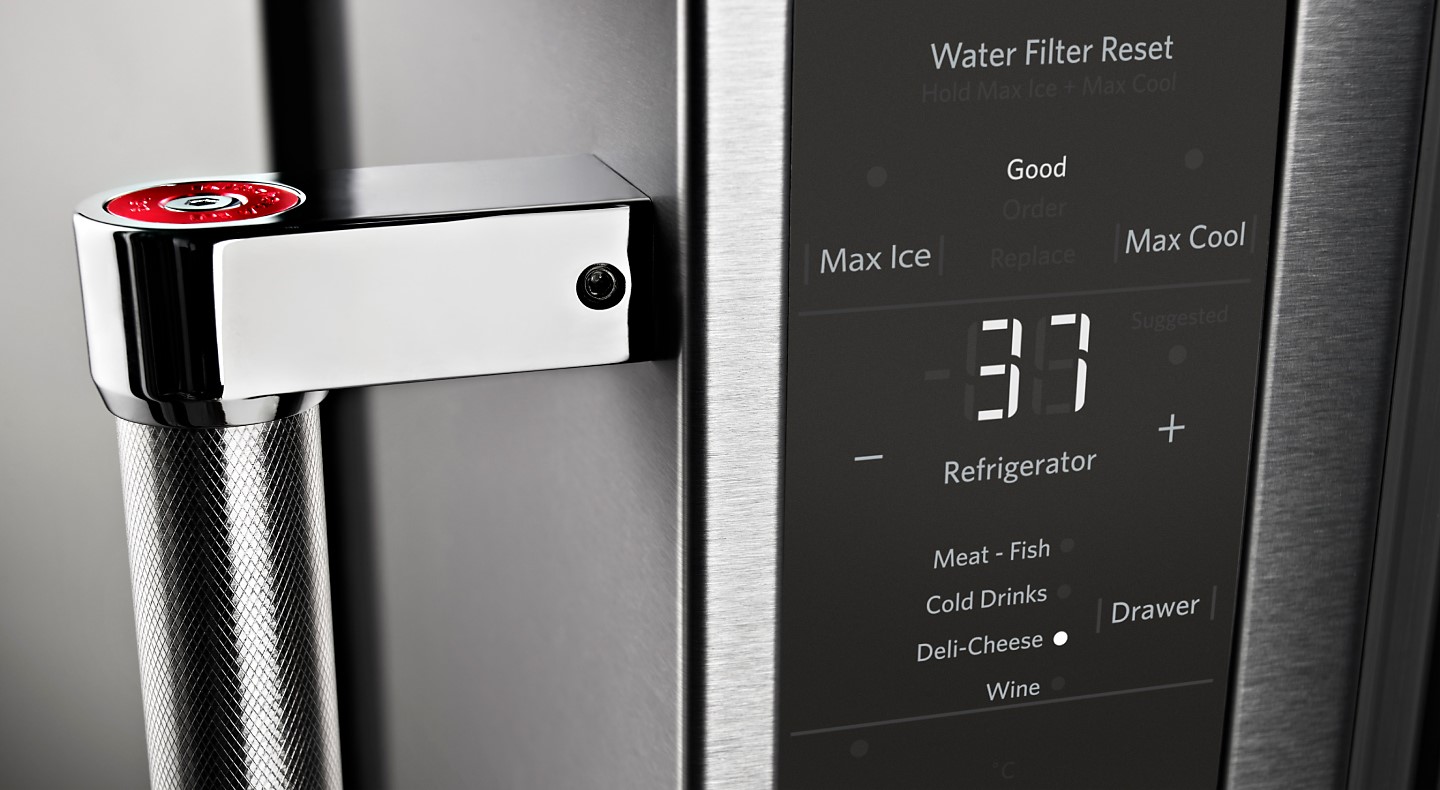
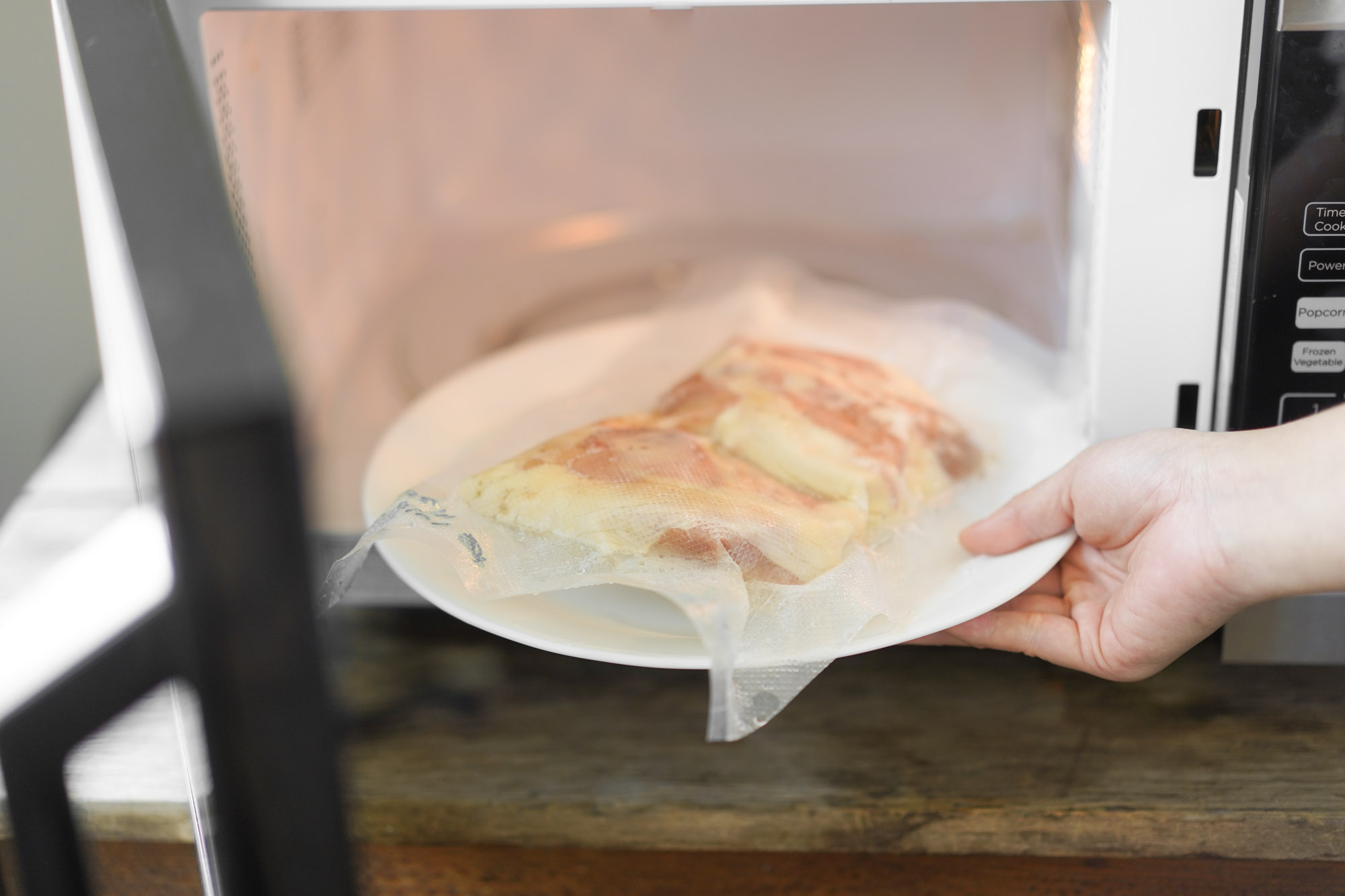
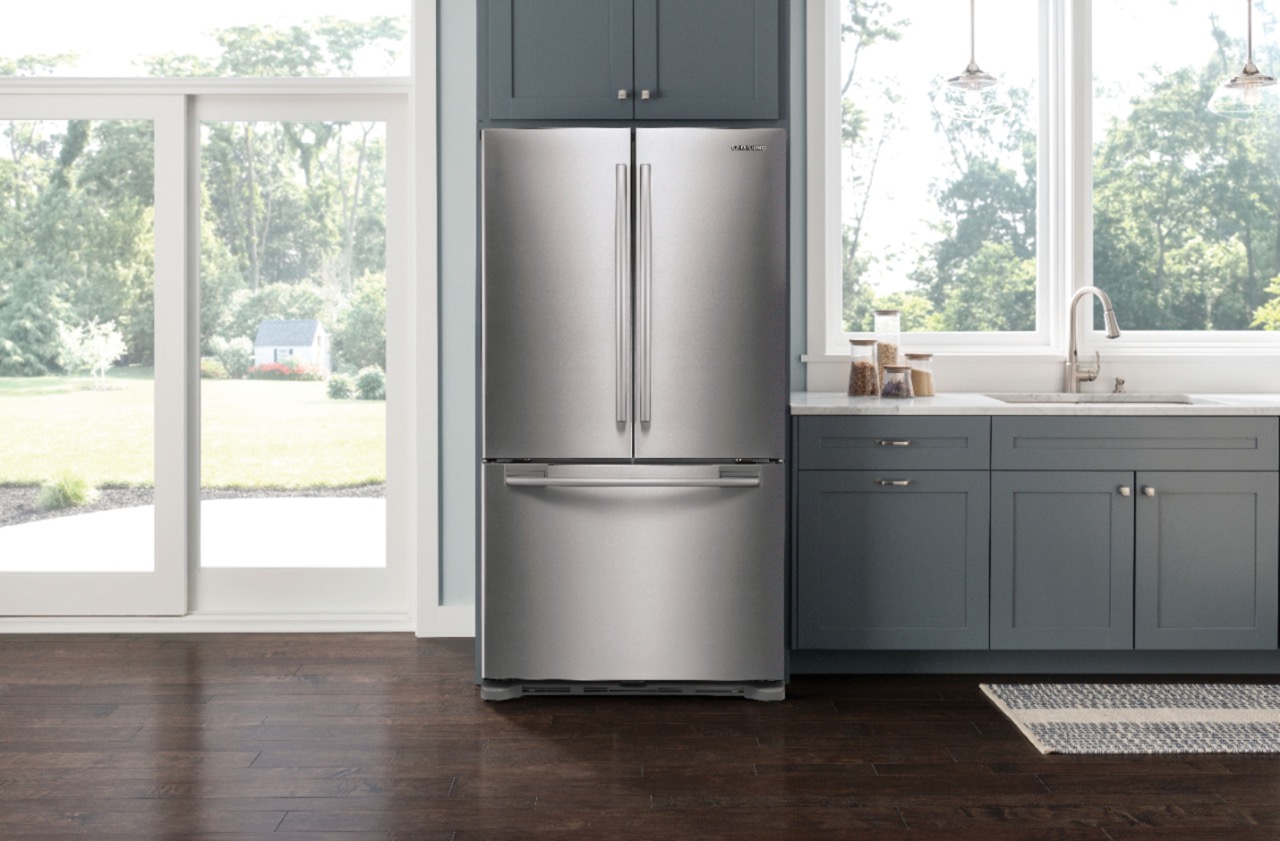
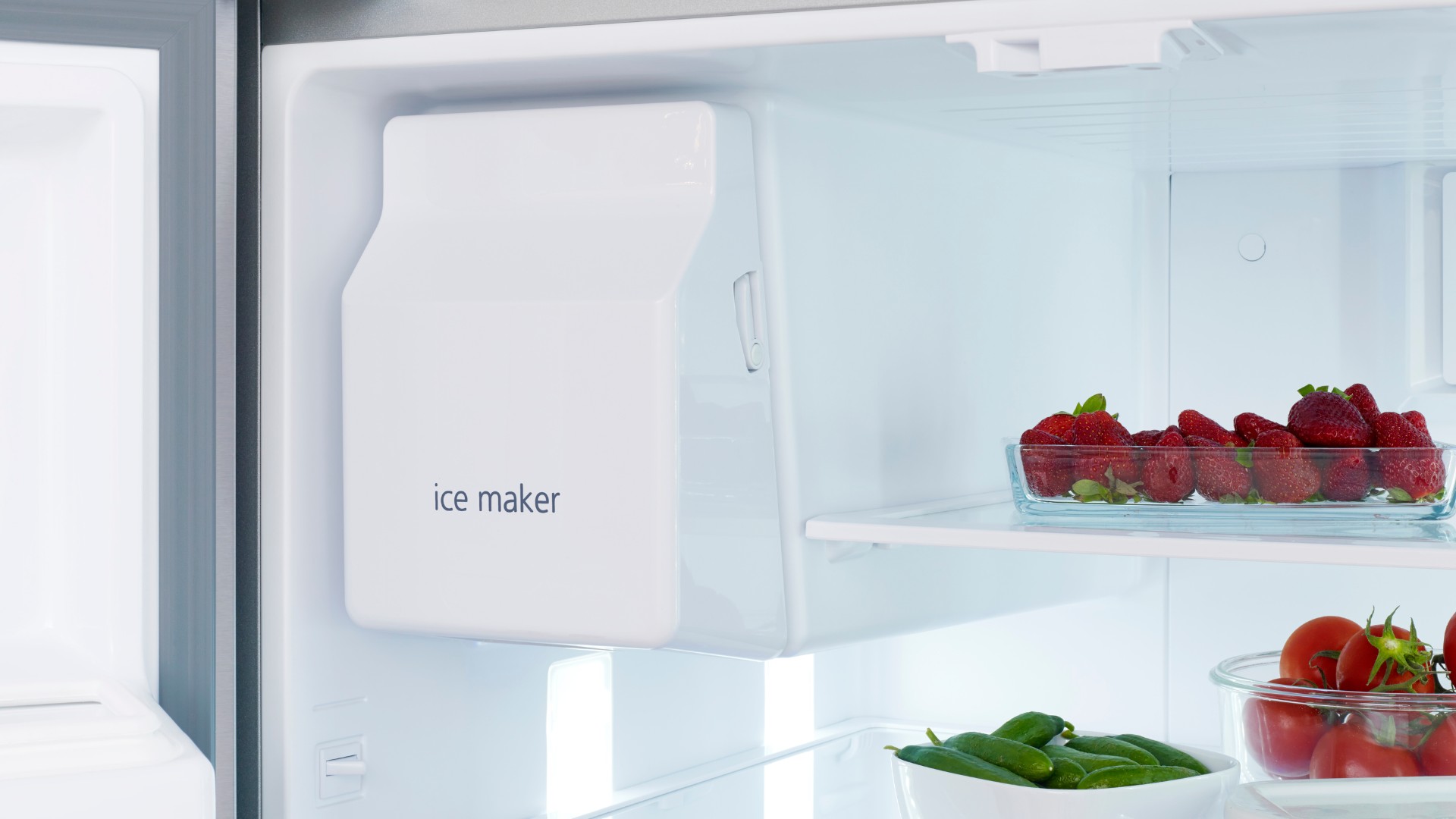

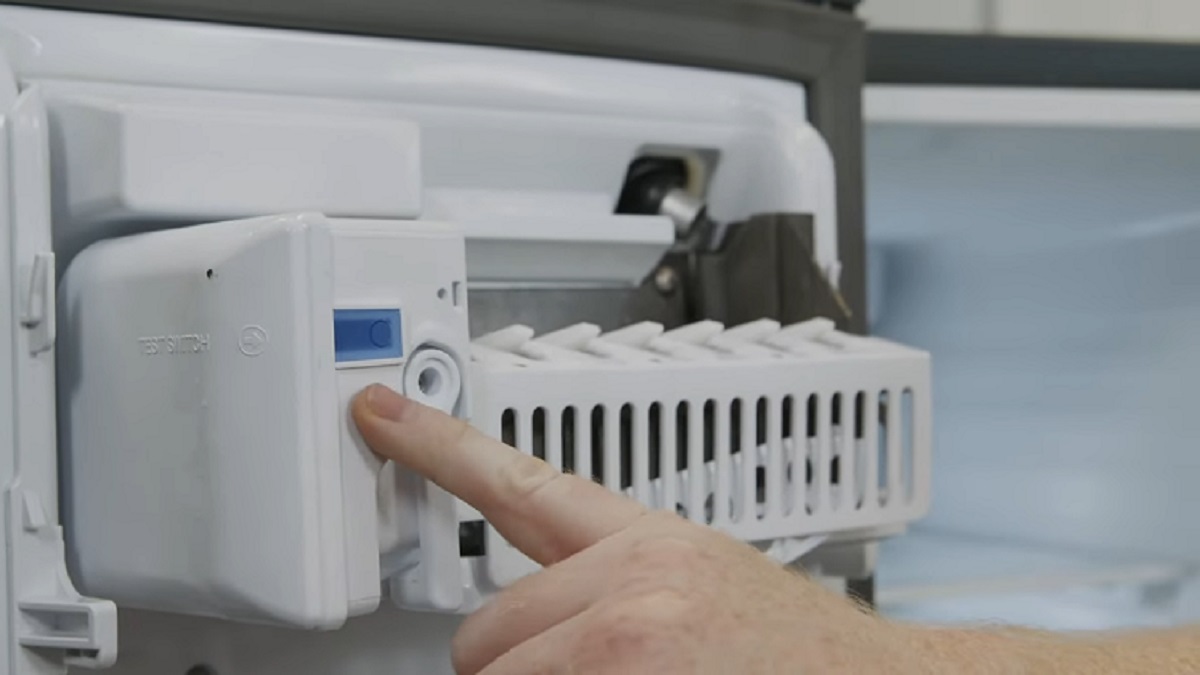
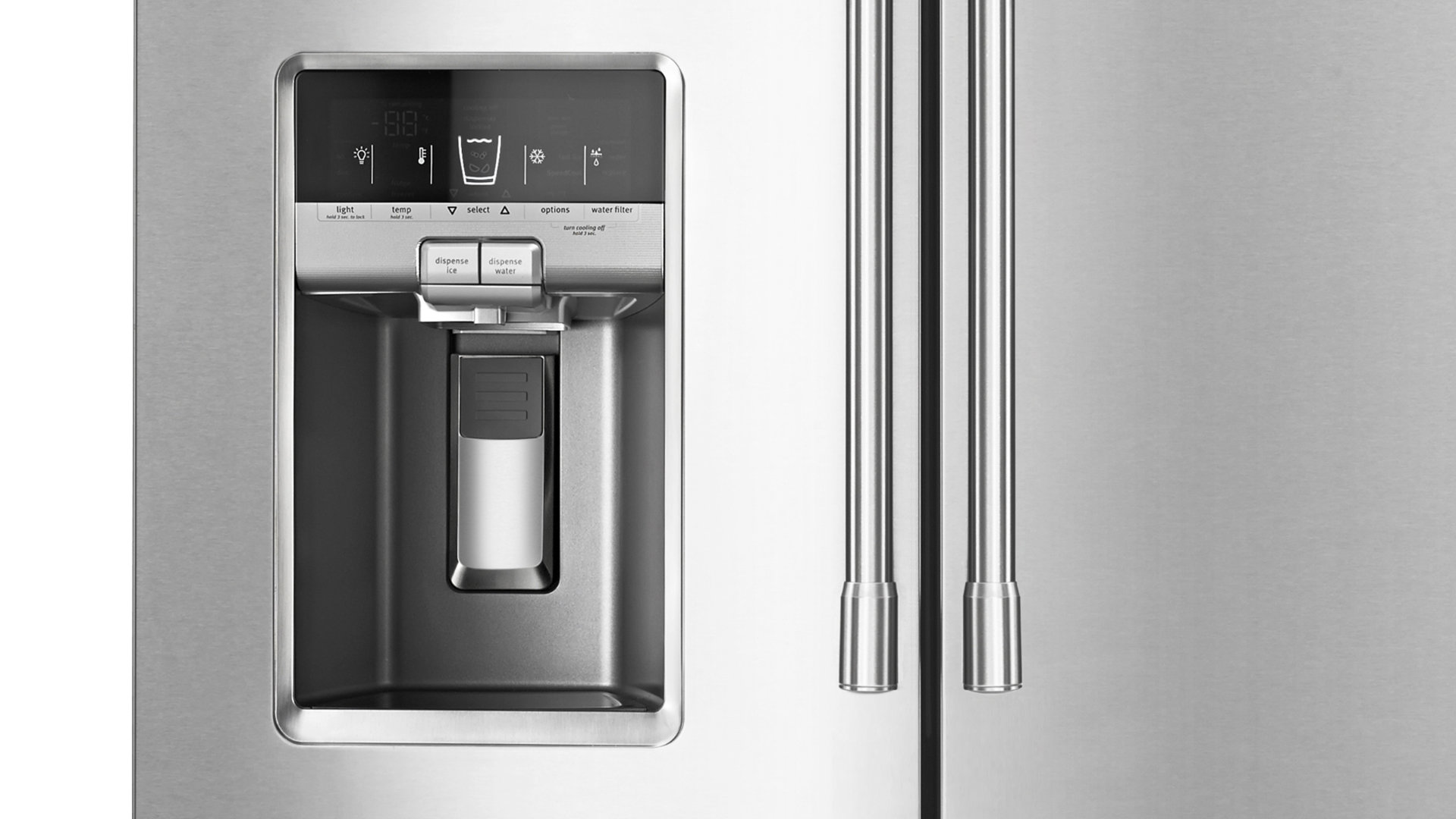

0 thoughts on “How To Defrost Samsung Refrigerator”